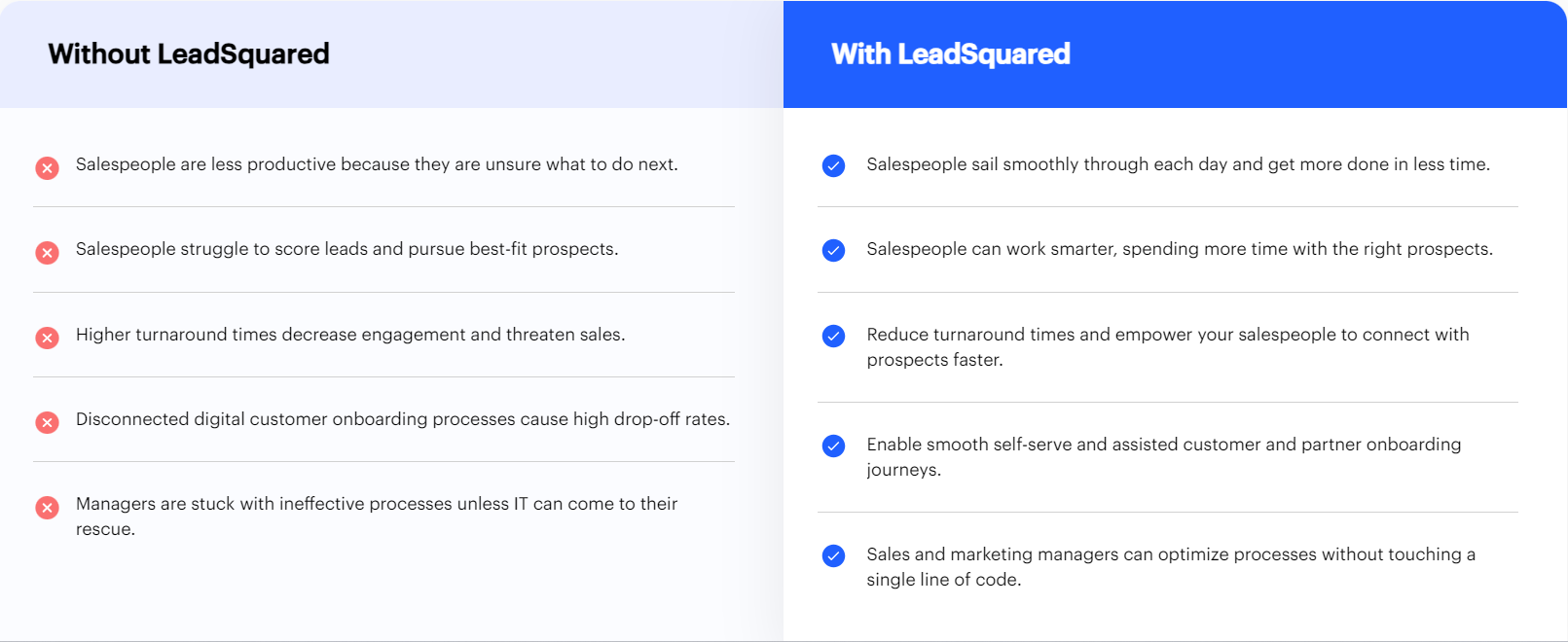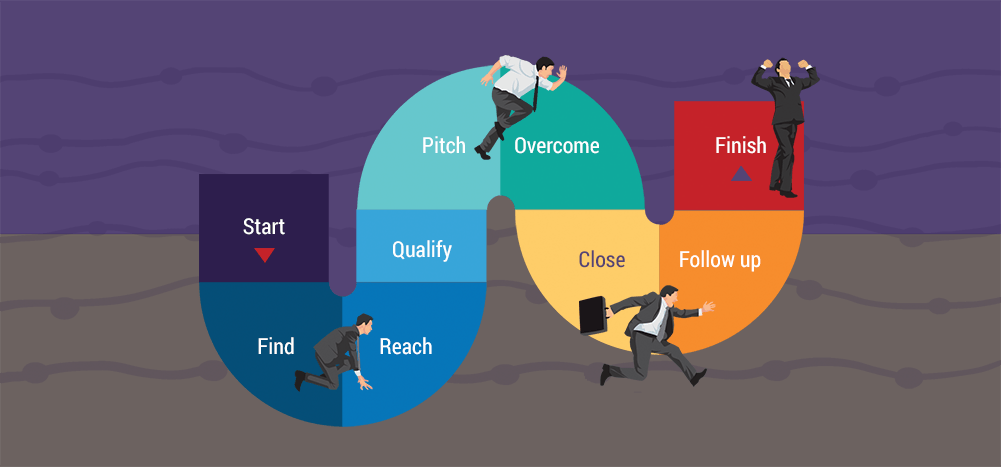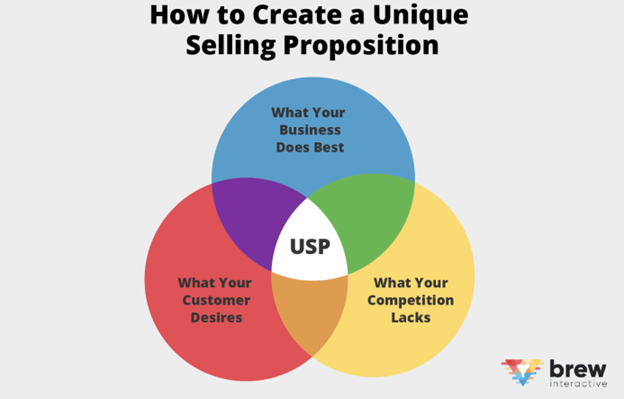In this digital era, customers are bombarded with many ads whenever they open their phone or device. So, it’s become more competitive among brands looking for visibility. That’s where value selling can come in handy.
By focusing on a product’s long-term benefits rather than its immediate cost, value-based or value-selling helps buyers make more sense of their purchases. You’ll find a middle ground where you can win their trust and establish mutually beneficial relationships by prioritizing value and addressing their problems.
Now you know value selling could be the technique to make or break your sales funnel. So, let’s take a look at what it is, and how you can use this strategy to boost your sales.
Value-Selling: Understanding What It Is
The idea behind value selling is to explain to your customers the benefits of your product or service rather than just its features. Simply put, value selling is the strategy of pitching your goods or services to clients based on the overall value they will provide (this could be a positive cost or resource value).
This implies that every discussion your sales teams have with your clients is centered on your client’s unique needs and how you can meet them. However, it’s not suggesting that you forget to promote your product’s features; you’re just highlighting how those products can lead to long-term savings, superior quality, and more.
Let’s go through an example:
Suppose you’re a B2B SaaS who has a product that aims to improve the sales cycle. Without value selling, your approach could be the following:
“Our product focuses on boosting your sales cycle by using automation as a tool”
However, a value-selling approach would look slightly different:
“We understand that your sales reps are spending 25% more time than they should on operational tasks. Our sales automation software streamlines the sales process, designs the customer journey, and brings the team together. By putting our product into action, we can increase your sales rep productivity and efficiency by 20%, and improve your customer experience as well.”
Let’s look at another value-selling example from LeadSquared:

So, you should be clear about what value selling might entail, so let’s look at how it can positively influence your business.
Why Should You Use Value-Selling As a Sales Strategy?
We’ve already highlighted how value selling can be used, so let’s look at the benefits that it can bring:
Closes more deals
We know what the customers really want: they want you to understand what their pain points are and be intuitive to their needs. So, how do you close deals quickly?
When you implement value selling, you’re acting as a consultant guiding them through the sales process. This can allow them to think more about the benefits than the costs, which makes the purchasing decision even faster.
A cloud-based software company saw a 70% increase in new client close rates and an increase in upsell close rates after introducing value selling.
Build trust within customers
Almost 82% of sales representatives today serve as valuable advisors, helping customers with special demands and complex problems.
With value-based selling, once you’ve prospected your clients, you inevitably establish long-term relationships between you and your clients. In the future, this presents more chances of sales since your customers trust you.
Your customers might even become brand ambassadors as a result of it.
Improve sales cycle
Of course, value selling aims to boost your sales cycle otherwise it wouldn’t be something we’d be talking about.
We know that sale cycles can be long and complex (as you can see below) but with this strategy, you’re keeping your customers informed every step of the way. This means that they’re more convinced to buy something now than they were before. So, you’re saving time to close a deal, making the sales cycle shorter and more efficient.

Now you should be aware of why we’re focusing on value-selling for your company. But how do you implement this strategy? Hold your horses; that’s what’s coming up next.
Setting Up a Value-Selling Strategy: Steps You’ll Need to Take
When introducing a new sales strategy to your team, you must build a framework, so your reps are comfortable with the new process. Moreover, they must know how value selling works.
So, we’ve outlined the steps you can take to put your value-selling strategy into action:
First, Get to Know Your Customer Better
For any sales strategy, you must be aware of what your customers want and what they need to satisfy their needs.
But value selling should take that one step further.
You can gain insights from the customer support team on what they mostly complain about or like about the product. It’s also possible to send them surveys for feedback or even track engagement across your scheduled social posts to find how they interact with you.

However, if they’re not well-acquainted with you, use lead ads to find customers who can benefit from your product.
Understand What Value Your Product Provides
Don’t just dive into your sales pitch as soon as possible. You can start by prospecting on LinkedIn to see what challenges you can address and the current situation of your product or service in their company.
This way, you can understand how to offer value as you should be aligning yourself to clients’ business goals. When you know which value drivers to focus on, it can result in a more tailored value-selling strategy and you can overcome any sales objections.
The more well-versed a sales rep is in the product they sell, the easier it becomes to emphasize the advantages of the features you offer.
So, salespeople should get in-depth training on the features that make their solutions stand out from those of competitors and on how to sell them. You should highlight a unique seller proposition that should show customers why they should go with your product or service.

So, you should think about: How does it differ from your competitors? What typical issues does it address? What were some of the benefits clients felt? The more in-depth your insight is, the better your ability to customize your pitch.
However, if it does end up falling short of what customers are looking for, you should rethink your focus.
Don’t Just Start Pitching, Guide Them
With a deeper understanding of your prospect’s pain point, you can now begin by outlining the benefits of your product and how it could address their issues.
The first instinct of your sales reps might be to start spewing their sales pitch, but it’s best to slow it down. Remember you have to act as a guide to your customers now. So, you should lead with the benefits of your product or service to ensure that your prospects will see them first. It should be their priority to concentrate on informing potential customers every step of the way.
In order to stand out from the competition, engage in conversation with your consumers about prospective customer value in addition to wrapping up your sales cycle.
Communicate the Value as Much as You Can
Now that you’ve established your relationship, it’s up to you to convince the potential client in a way that appeals to them.
Sales reps can use examples of real-world applications and make a case for the benefits of your product. Add case studies and testimonies from other clients in the same industry to strengthen any claims made.
What would be helpful is to research competitor’s marketing materials and customer feedback. This is how you can determine what sets you apart, and you can further highlight aspects of your product that appeal to clients.
Once you’ve already made the sale, don’t stop there. It’s crucial that you keep on communicating that value every step of the way. As we mentioned before, this can inevitably lead to better consumer relationships as well as increased sales.
4 Tips You Can Use to Improve Your Value Selling Approach
Disclaimer alert: it’s likely that you won’t become an expert in value-selling right off the bat. It’ll take time and effort on your end to slowly incorporate this methodology within your team.
However, we’ve come up with a few tips that can help make the process easier:
- Keep the customer journey in mind: When asked, more than three-quarters (77%) of the B2B buyers responded that their most recent purchase was “very complex or difficult”. So, you or your sales rep need to understand which stage the customer is at since you can’t jump into explaining your product’s value if they’re still stuck at discovery. Listen to what their challenges are, and slowly introduce them to how you can add value to their processes.
- Focus on relevancy: Just because one of the features of your product worked with a similar client, doesn’t guarantee it’ll deliver the same value for another. So, you should research how each feature can offer a different value depending on the company in question.
- Adopt a “consultant” mindset: Remember that you’re not only trying to sell your product here, you have to listen intently to what your prospects have to say by putting yourself in their shoes. You can even ask them thoughtful questions to find out how your product is a good fit for them and how it would provide value. Once you know that, you can show them how they can do so.
- Don’t forget about existing customers: Your current clients have already gone through your whole sales process. So, they know the successes, failures, and areas in which your products can provide the greatest value.
At times, it’s possible that they might not be happy with the process either. In that case, you can address their concerns by keeping in touch with them via email, by creating a dedicated chatbot, or by sending out a feedback survey.
Is Value Selling the Right Choice for Your Sales Process?
Is Value Selling the Right Choice for Your Sales Process?
What value selling does well is put your customers above all, you’re helping the customer guide themselves to the end of the funnel.
As a result, this builds a stronger bond between you and your customer, increasing customer loyalty. Once you’ve gained their trust, it’s just time to keep on providing value whenever they come up with their concerns.
If you’re looking to grow customer relationships, boost your sales, and create a more efficient sales cycle, then value selling can be the right strategy for you.







